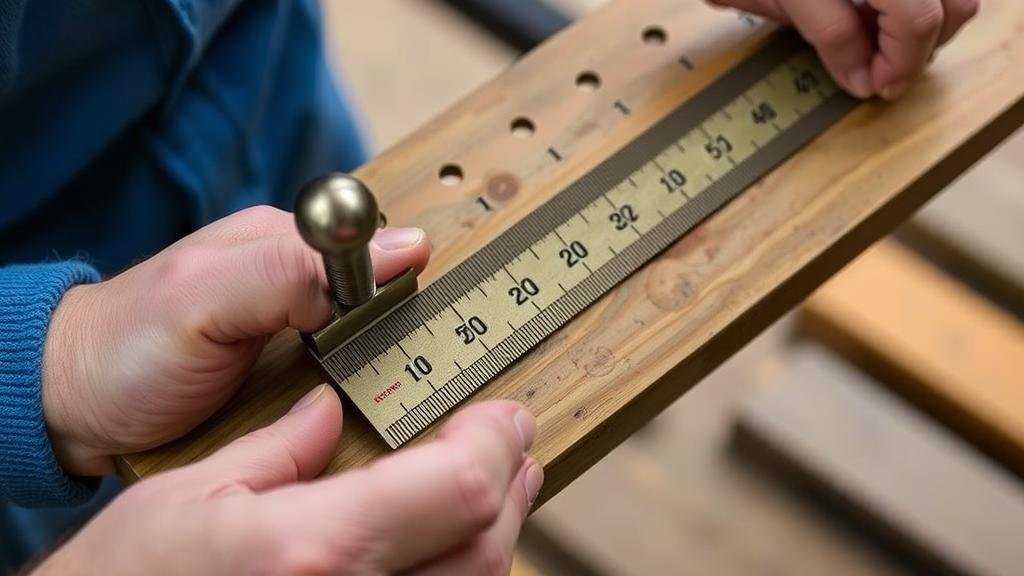The Use of Medieval Measuring Tools for Precise Shaft Alignment
The Use of Medieval Measuring Tools for Precise Shaft Alignment
Shaft alignment is a critical aspect of mechanical engineering that ensures optimal performance and longevity of machinery. In the medieval period, craftsmen and builders employed various measuring tools to achieve precise alignments, even without the advanced technologies available today. This article delves into the historical context, key measuring instruments, techniques, and their relevance in modern applications.
The Historical Context of Shaft Alignment
During the medieval era, the necessity for precise alignment arose from the increasing complexity of machinery, particularly in mills, forges, and early clockmaking. precision required extended to alignment of shafts in waterwheels, windmills, and various other mechanical systems.
Craftsmen often relied on empirical knowledge and trial-and-error methods refined through generations. But, the integration of measuring tools significantly improved the accuracy of these processes.
Several measuring tools emerged in medieval Europe that played pivotal roles in achieving accurate shaft alignment:
- The Compass: Used for drawing circles and arcs, the compass helped craftsmen ensure that shafts were perfectly circular and concentric.
- The Level: Essential for checking horizontal alignment, the level used gravity for accurate readings, allowing builders to ensure that their structures had the proper angles.
- The Straightedge: A tool for creating a straight line, the straightedge was critical for verifying that shafts were aligned along a single axis, essential for minimizing vibrations in mechanical systems.
- The Caliper: This tool helped measure the distance between two opposing sides of an object, allowing for precise adjustments during the assembly of mechanical components.
Techniques for Shaft Alignment
Utilizing the aforementioned tools, craftsmen employed several techniques to achieve precise shaft alignment:
- Gap Measurement: Using calipers, craftsmen would measure the distance between the shafts to ensure they were equidistant from the center point.
- Leveling and Plumb: The use of levels ensured that shafts maintained a consistent height, crucial for reducing wear on bearings.
- Trial and Error: Many medieval craftsmen relied on iterative testing, adjusting the components based on observed performance until the desired alignment was achieved.
Case Studies: Practical Applications
Historical examples illustrate the effectiveness of these techniques:
In the construction of medieval cathedrals, builders employed plumb lines and levels extensively to align large structural elements such as bells and mechanisms in clock towers. One noted case is the astronomical clock of Prague, constructed in the 15th century, where precise shaft alignment ensured the reliable operation of its intricate moving parts.
Watermills also demonstrate the historical importance of alignment–misaligned shafts could lead to decreased efficiency or mechanical failure. use of straightedges and levels allowed millwrights to optimize the waterwheels position relative to the mill’s gears, significantly enhancing productivity.
Modern Relevance: Lessons from Medieval Practices
Today, while we have access to advanced laser systems and digital alignment tools, the principles established by medieval craftsmen remain relevant. Their emphasis on precision and iterative improvement is foundational to modern engineering practices.
For example, modern alignment techniques often echo the historical methods of using levels and straightedges, albeit with sophisticated instruments such as laser alignment tools that provide real-time feedback. These advancements, while highly effective, still rest on the core principles of measurement and precision developed centuries ago.
Actionable Takeaways
- Understanding historical measurement techniques can inform modern practices in engineering and maintenance.
- Utilizing basic measuring tools and principles correctly can enhance accuracy in machine setup and alignment.
- Fostering a mindset of continual improvement, akin to medieval craftsmanship, can lead to better operational efficiencies in contemporary settings.
To wrap up, the use of medieval measuring tools highlights the timeless quest for precision in engineering. By learning from the past, modern practitioners can continue to improve the effectiveness and longevity of mechanical systems today.



